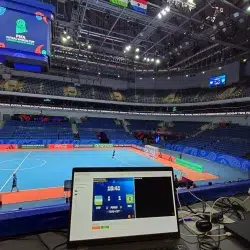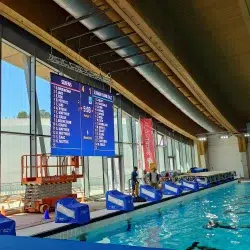Understanding the LED binning
To fully understand what binning is, some basic concepts need to be explained. One of them is the fact that a LED diffuses a light wave. According to the intensity of this wave and the composition of the material, the light-emitting diode (LED) emits a colour or not. This is then spread over the wavelength spectrum to define a colour.
The basics of LED binning
What are the features of a bin? The bin is defined by 3 features: brightness, wave length and voltage.
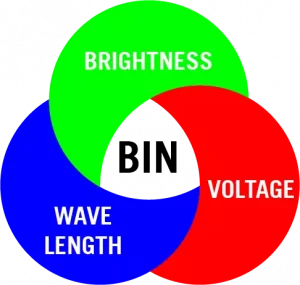
LEDs are classified according to their light intensity. When used, LEDs emit light that is defined by wavelength (see diagram below). This measure gathers colours from ultraviolet to infrared into the white light spectrum. The human eye only perceives colours from 400nm to 800nm. LEDs are also classified by the colour temperature emitted, i.e. the heat of the light source. This LED colour temperature is measured in Kelvin (see the following image for an explanation of the terms).
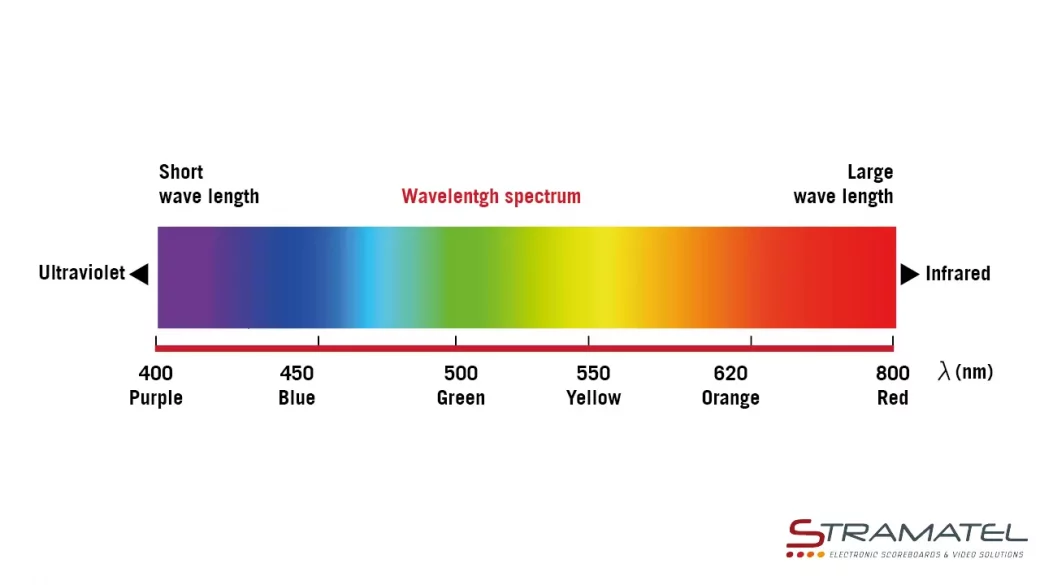
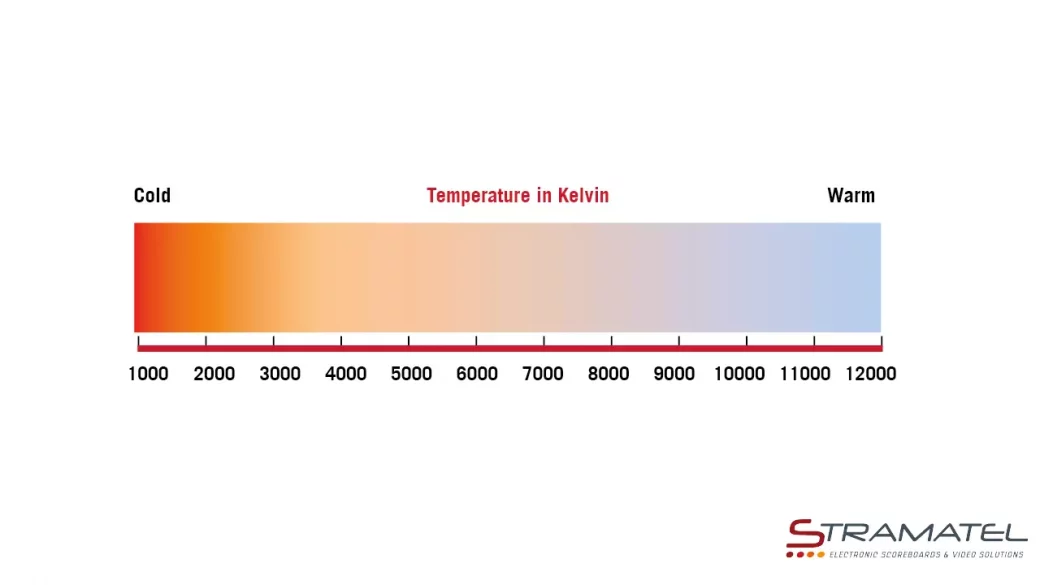
The BIN code and its method
Concretely, the bin method is the way to gather the LEDs according to their intensity. This sorting is made by the diode manufacturers in order to create LEDs batches. To manufacture one, all the parameters previously seen should be considered (intensity, wavelength and voltage). However, depending from production process, some LEDs variation can occur. Therefore, the bin is used to gather similar produced LEDs batches getting the same features.
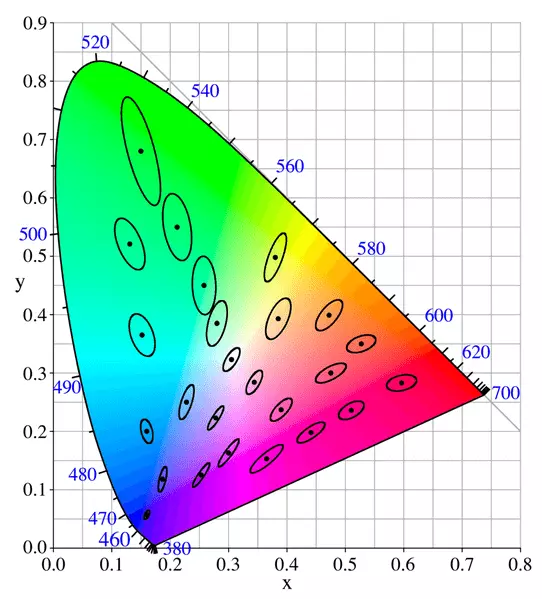
The BIN will be the warranty for example that all the LEDS of a batch will be really green. The LEDs are sorted according to MacAdam ellipse which assigns a code to the BIN. The BIN codes correspond to a specific colour (point inside the ellipses) or a colour variation (ellipse). Consequently, a LEDs batch could be only green LED: 530nm. But the selection can be extended to green LED with some variations from : 510nm to 550nm for example
What is the link between the bin and LED displays?
As you know, an LED video display is composed of thousands of LEDs. From the BIN code and the sorting of the LEDs done beforehand, it is therefore essential to choose similar components for the mounting of your LED video screen. The important thing is to standardize this to have a genuine colour uniformity on your screen. The BIN will define the quality and the respect of the colours on your screen. Obviously, the more targeted is the BIN, the higher is the cost. This is an important feature in the purchase process of a LED Video screen, as both the BIN and the pitch have a direct impact on the quality of the video screen and its performance.
Stramatel’s expertise in the field of LEDs allows us to support you on this very technical subject and to offer you video screens adapted to your needs.


